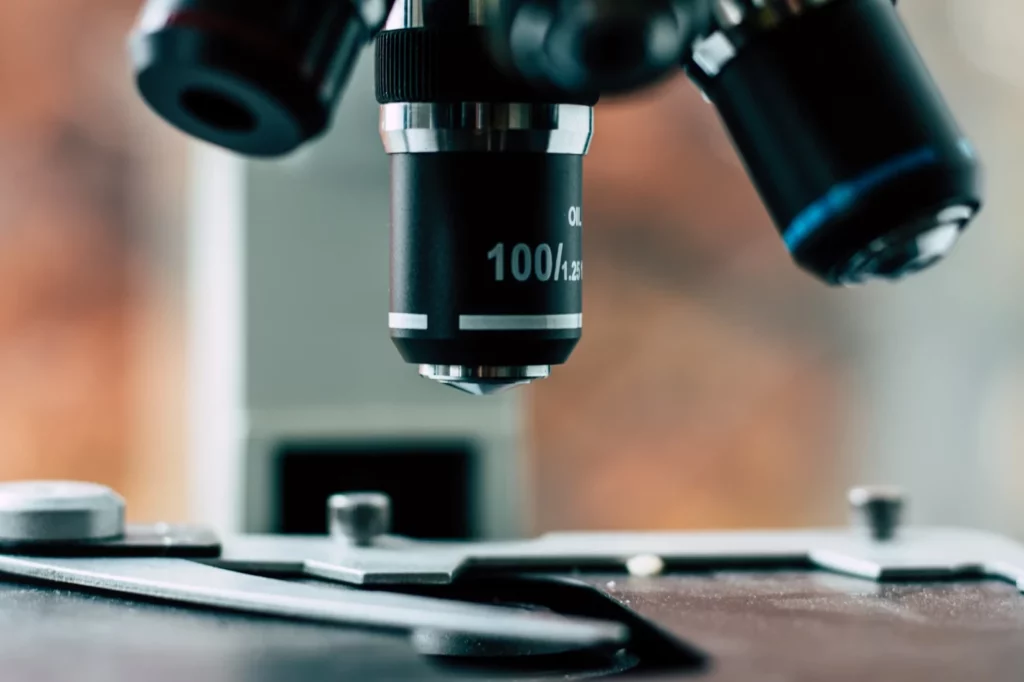Asbestos is now known to be an extremely hazardous substance that can pose significant health risks if disturbed. Therefore, identifying its presence accurately is crucial for safety. This guide explores the most reliable methods for asbestos testing, focusing on asbestos sampling and analysing the collected samples in a NATA-accredited laboratory.
Why Asbestos Testing is Essential
While a visual inspection/division 5 asbestos audit can help identify suspected ACMs, it is impossible to determine the presence of asbestos in a material just by looking at it. Asbestos testing of samples is the only way to confirm its presence. According to the Australian Standard AS 4964, the qualitative identification of asbestos in bulk samples requires laboratory testing. This involves using a polarised light microscope to examine the fibres under various conditions and identify the type of asbestos present.
Asbestos Testing Methods
Asbestos testing involves two main steps: sampling the suspected material and analysing it in a NATA-approved laboratory. Here’s a detailed look at each step:
1: Sampling Suspected Materials

Sampling is a critical part of asbestos testing. Here are the steps for safely collecting samples:
Wear Protective Gear: Always wear a respirator.
Dampen the Material: This helps to prevent the release of asbestos fibres into the air.
Remove a Small Section: Using a chisel or similar (don’t use mechanical tools), remove a piece about the size of a 20-cent coin.
Secure the Sample: Place the sample in a clear zip-lock bag, then double-bag it to ensure safety.
If the material is friable (easily crumbled) or appears to be in powder form, it is recommended that a professional collect the samples. This is particularly important in workplaces where strict safety protocols must be followed.
2: Laboratory Analysis

Once collected, samples must be sent to a NATA-approved laboratory for analysis. The testing process involves examining the fibres under a polarised light microscope to identify the type of asbestos, if present. The results of asbestos testing will indicate whether the sample contains:
- Chrysotile (white asbestos)
- Amosite (brown asbestos)
- Crocidolite (blue asbestos)
If no asbestos is detected, the result will show NAD (No Asbestos Detected).
Why Use a Professional for Asbestos Testing?
While it is possible to collect samples yourself, significant risks are involved, especially if the material is friable. Professional asbestos inspectors are trained to handle asbestos safely and have the equipment to ensure no fibres are released during sampling. They also know what to look for. A professional asbestos assessor will conduct a thorough visual inspection and, if necessary, a more intrusive inspection (division 6 asbestos audit). In workplaces, it is crucial to use a professional to comply with safety regulations and protect employees’ health.
Importance of Asbestos Testing Results
Asbestos testing results will tell you if asbestos is present in the sample, but it does not provide a risk assessment. Only a qualified asbestos consultant can assess the risk based on the type and condition of the asbestos-containing material.
Asbestos testing is vital for ensuring safety in residential and commercial properties. By understanding the proper methods for asbestos sampling and ensuring that samples are analysed in a NATA-accreditied laboratory, you can reliably identify the presence of asbestos. Always consider using a professional for sampling, especially in workplaces, to minimise risks and ensure compliance with safety standards.
For more information or to arrange an inspection, Contact Global Asbestos Audits. Your safety is our priority.

